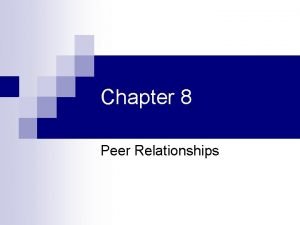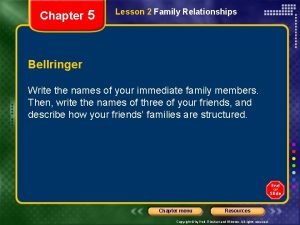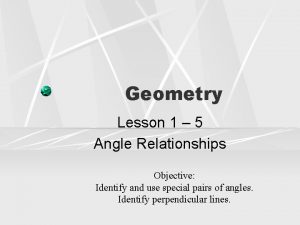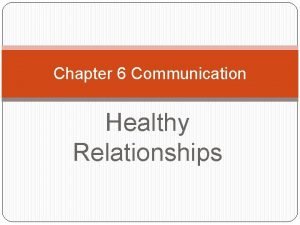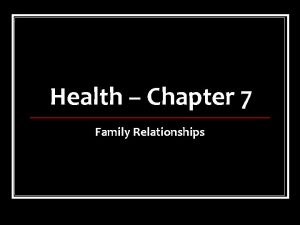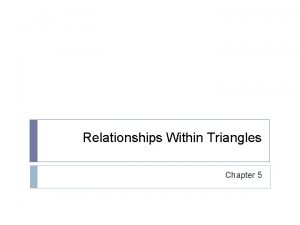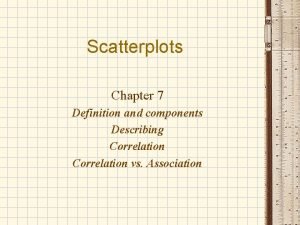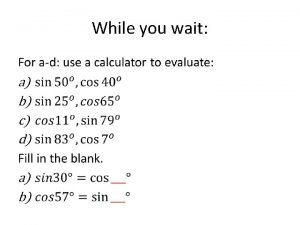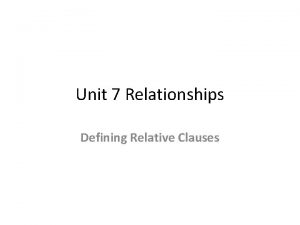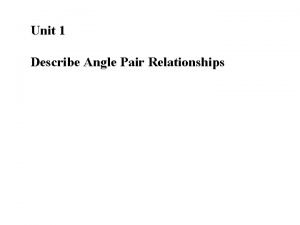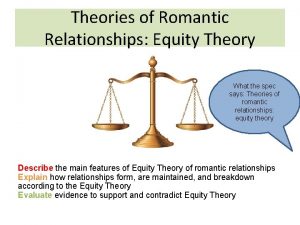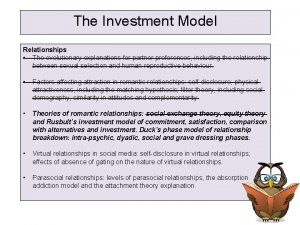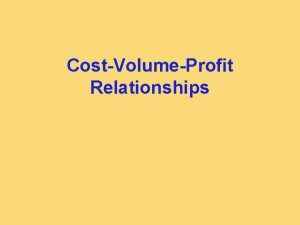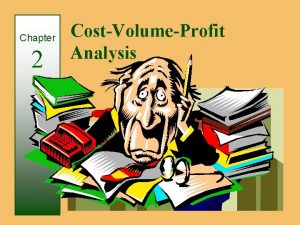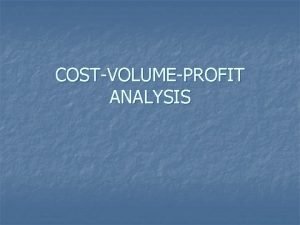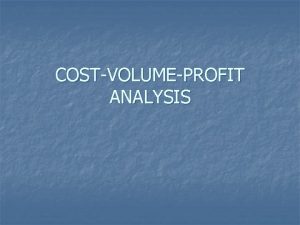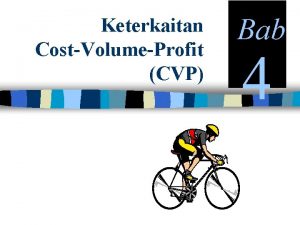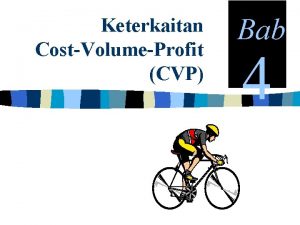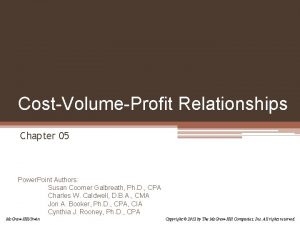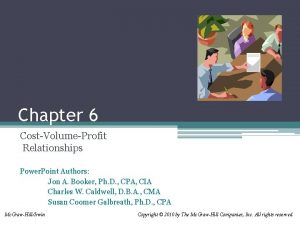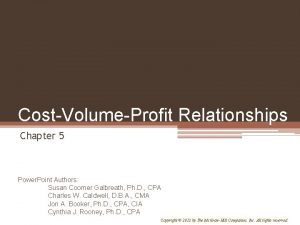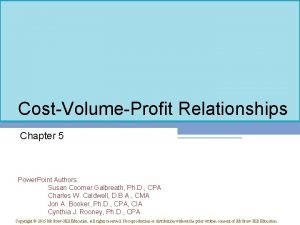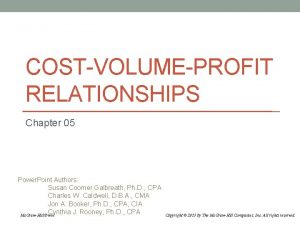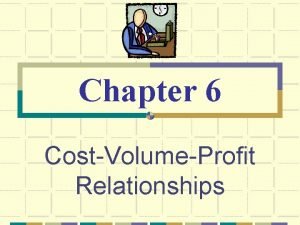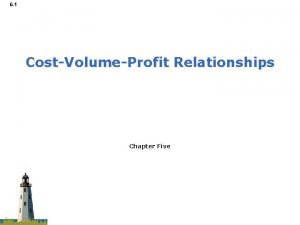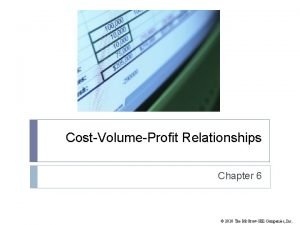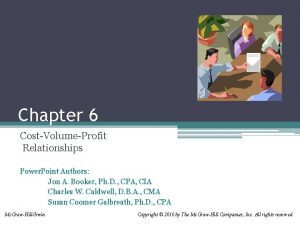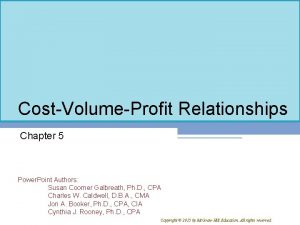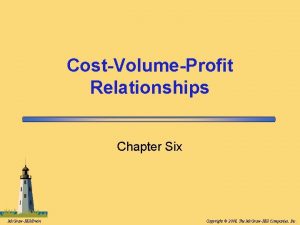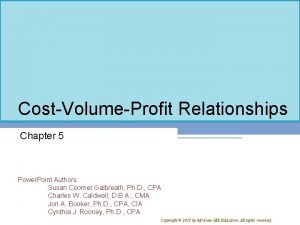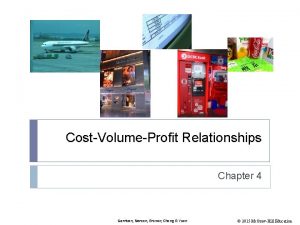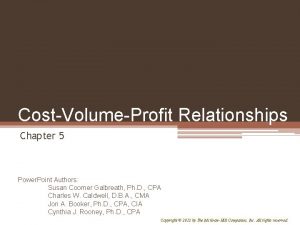5 1 COSTVOLUMEPROFIT RELATIONSHIPS CHAPTER 5 Introduction to


































- Slides: 34

5 -1 COST-VOLUME-PROFIT RELATIONSHIPS CHAPTER 5 Introduction to Managerial Accounting Brewer, Garrison, Noreen Power Points from website -adapted by Cynthia Fortin, CPA, CMA http: //highered. mheducation. com/sites/0078025419/s tudent_view 0/chapter 5/index. html 5 -1

Video preparation http: //video. wileyaccountingupdates. com/2011 /03/09/cost-behavior-and-cost-volume-profitanalysis/ http: //video. wileyaccountingupdates. com/2011/ 08/23/cost-volume-profit-calculations/ 5 -2

Why is Cost Volume Profit analysis essential for Decision Making? Helps Managers understand how profits are affected by • • Price Volume Costs (Variable and Fixed expenses) Product Mix 5 -3

5 -4

The Contribution Approach On a per unit basis. If Racing sells an additional bicycle, $200 additional CM will be generated to cover fixed expenses and add to net operating income (profit). 5 -5

The Contribution Approach How many bicycles must Racing Bicycle (RB) sell to cover fixed expenses, therefore making no profit? RB must generate at least $80, 000 to cover fixed expenses. Therefore $80 000/$200 per bicycle = 400 bicycles. At that level of sales, the company makes no profit. Therefore breaks-even. 5 -6

The Contribution Approach If RB sells 400 units in a month, it will be operating at the break-even point. 5 -7

Equation Form The contribution format income statement expressed as: Profit = Sales – Variable expenses – Fixed expenses 5 -8

CVP Relationships in Equation Form Show profit RB earns if it sells 401 units. Profit = Sales – Variable expenses – Fixed expenses $80, 000 401 units × $500 401 units × $300 Profit = ($200, 500 – $120, 300) – $80, 000 $200 = ($200, 500 – $120, 300) – $80, 000 5 -9

CVP in Equation Form If the company sells a single product this equation applies Profit = Sales – Variable expenses – Fixed expenses Profit = (P × Q – V × Q) – Fixed expenses Profit = (P – V) Q – Fixed expenses 5 -10

Extended equation Profit = (P – V)*Q – Fixed expenses Profit = (UCM *Q) – Fixed expenses Breakeven is when Profit = $0 $0 = (P-V) Q – Fixed expenses Breakeven (Q) = 0 + Fixed expenses (P-V) or Breakeven (Q) = 0+ Fixed expenses UCM 5 -11

CVP Graphic form 1. Draw Fixed expenses (flat) 2. Plot Total Expenses (start at fixed expenses level) 3. Plot Total Revenues 5 -12

CVP in Graphic Form RB developed contribution margin income statements at 0, 200, 400, and 600 units sold. 5 -13

CVP Graph $350, 000 $300, 000 Dollars $250, 000 $200, 000 Sales Total expenses $150, 000 Fixed expenses $100, 000 $50, 000 $0 0 100 200 300 400 500 600 Units 5 -14

Breakeven point Intersection where Sales and Total Expenses meet Below BE point => Loss Above BE point => Profit 5 -15

CVP Graph Break-even point (400 units or $200, 000 in sales) $350, 000 $300, 000 Profit Area Dollars $250, 000 $200, 000 Sales Total expenses $150, 000 Fixed expenses $100, 000 $50, 000 $0 0 Loss Area 100 200 300 400 500 600 Units 5 -16

The Variable Expense Ratio If CM ratio is 40%, variable expense ratio is 60% 5 -17

Extended equation Profit = (P – V)*Q – Fixed expenses Profit = (UCM *Q) – Fixed expenses Breakeven is when Profit = $0 $0 = (P-V) Q – Fixed expenses Breakeven (Q) = 0 + Fixed expenses (P-V) or Breakeven (Q) = 0+ Fixed expenses UCM 5 -18

Target Profit Analysis Suppose RB’s management wants to know how many bikes must be sold to earn a target profit of $100, 000. Q = Target Profit + Fixed expense UCM Q = ($100, 000 + $80, 000) ÷ $200 Q = 900 5 -19

The Margin of Safety • Actual sales Minus Break-Even Sales ($250, 000 - $200, 000)= $50, 000 expressed in Dollars • Or Then $50, 000/$250, 000= 20% of sales, expressed in Percentage of sales • Or 500 units – 400 units = 100 units, expressed in units sold 5 -20

Cost Structure and Profit Stability Managers often have some latitude in determining their organization’s cost structure. 5 -21

Cost Structure and Profit Stability Advantage of a high fixed cost structure Income higher in good years compared to companies with lower proportion of fixed costs. Disadvantage of a high fixed cost structure Income lower in bad years compared to companies with lower proportion of fixed costs. Companies with low fixed cost structures enjoy greater stability in income across good and bad years. 5 -22

Operating Leverage Degree of = operating leverage Contribution margin Net operating income 5 -23

Operating Leverage Degree of $100, 000 Operating = = 5 $20, 000 Leverage 5 -24

Operating Leverage With an operating leverage of 5, if RB increases its sales by 10%, net operating income would increase by 50%. Here’s the verification! 5 -25

Operating Leverage 10% increase in sales from $250, 000 to $275, 000. . . results in a 50% increase in income from $20, 000 to $30, 000. 5 -26

Structuring Sales Commissions based on sales dollars can lead to lower profits. Let’s look at an example 5 -27

Structuring Sales Commissions XR 7 Turbo Pipeline Unlimited produces surfboards. The sales force at Pipeline Unlimited is compensated based on sales commissions. Price $100 Price $150 CM $ 25 CM $ 18 5 -28

Structuring Sales Commissions Which one would you sell? Turbo, of course because commission on $150 is higher than on $100. But, XR 7 has a greater CM. Base commissions on contribution margin rather than on selling price alone will generate greater profits of a company. 5 -29

The Concept of Sales Mix • Sales mix is the relative proportion in which a company’s products are sold. • Different products have different selling prices, cost structures, and contribution margins. • When a company sells more than one product, break-even analysis becomes more complex as the following example illustrates. 5 -30

The Concept of Sales Mix RB sells bikes and carts. Sales mix 45% to 55% 5 -31

Multiproduct Break-Even Analysis Assume the following $265, 000 = 48. 2% (rounded) $550, 000 5 -32

Multiproduct Break-Even Analysis Dollar sales to Fixed expenses = break even CM Dollar sales to break even = $170, 000 48. 2% = $352, 697 5 -33

Key Assumptions of CVP Analysis Selling price constant. Costs are linear and can be accurately divided into variable (constant per unit) and fixed (constant in total) elements. In multiproduct companies, the sales mix is constant. In manufacturing companies, inventories do not change (units produced = units sold). 5 -34
 Chapter 7 lesson 1 healthy family relationships
Chapter 7 lesson 1 healthy family relationships Chapter 8 lesson 1 safe and healthy friendships
Chapter 8 lesson 1 safe and healthy friendships Chapter 7 lesson 1 healthy family relationships
Chapter 7 lesson 1 healthy family relationships Principles of ecology section 3 cycling of matter
Principles of ecology section 3 cycling of matter Principles of ecology section 2 flow of energy
Principles of ecology section 2 flow of energy Chapter 2 principles of ecology
Chapter 2 principles of ecology Chapter 2 principles of ecology answers
Chapter 2 principles of ecology answers Chapter 8 lesson 1 safe and healthy friendships
Chapter 8 lesson 1 safe and healthy friendships Chapter 6 skills for healthy relationships
Chapter 6 skills for healthy relationships Chapter 5 family relationships answers
Chapter 5 family relationships answers Define the relationship chapter 14
Define the relationship chapter 14 Chapter 6 relationships within triangles answer key
Chapter 6 relationships within triangles answer key Name the angle pair.
Name the angle pair. Chapter 7 family relationships
Chapter 7 family relationships Jokes about communication
Jokes about communication Three r's for stopping domestic violence
Three r's for stopping domestic violence Chapter 5 relationships within triangles
Chapter 5 relationships within triangles Association vs correlation
Association vs correlation Define the relationship ch 6
Define the relationship ch 6 Chapter 6 building healthy peer relationships
Chapter 6 building healthy peer relationships Chapter 2 section 1 organisms and their relationships
Chapter 2 section 1 organisms and their relationships Essay structure introduction
Essay structure introduction Identify four ways to show respect in your relationships
Identify four ways to show respect in your relationships Sec cos cot
Sec cos cot Ft to inches
Ft to inches Stoichiometry mole island diagram
Stoichiometry mole island diagram Unit 7 relationships
Unit 7 relationships Relationships of angles
Relationships of angles Module 1 lesson 1 family relationships
Module 1 lesson 1 family relationships Tropical rainforest predator and prey relationships
Tropical rainforest predator and prey relationships Congruent angle relationships
Congruent angle relationships Equity theory of relationships
Equity theory of relationships Zeus family relationships
Zeus family relationships Principle of supportive relationship
Principle of supportive relationship Investment model relationships
Investment model relationships







